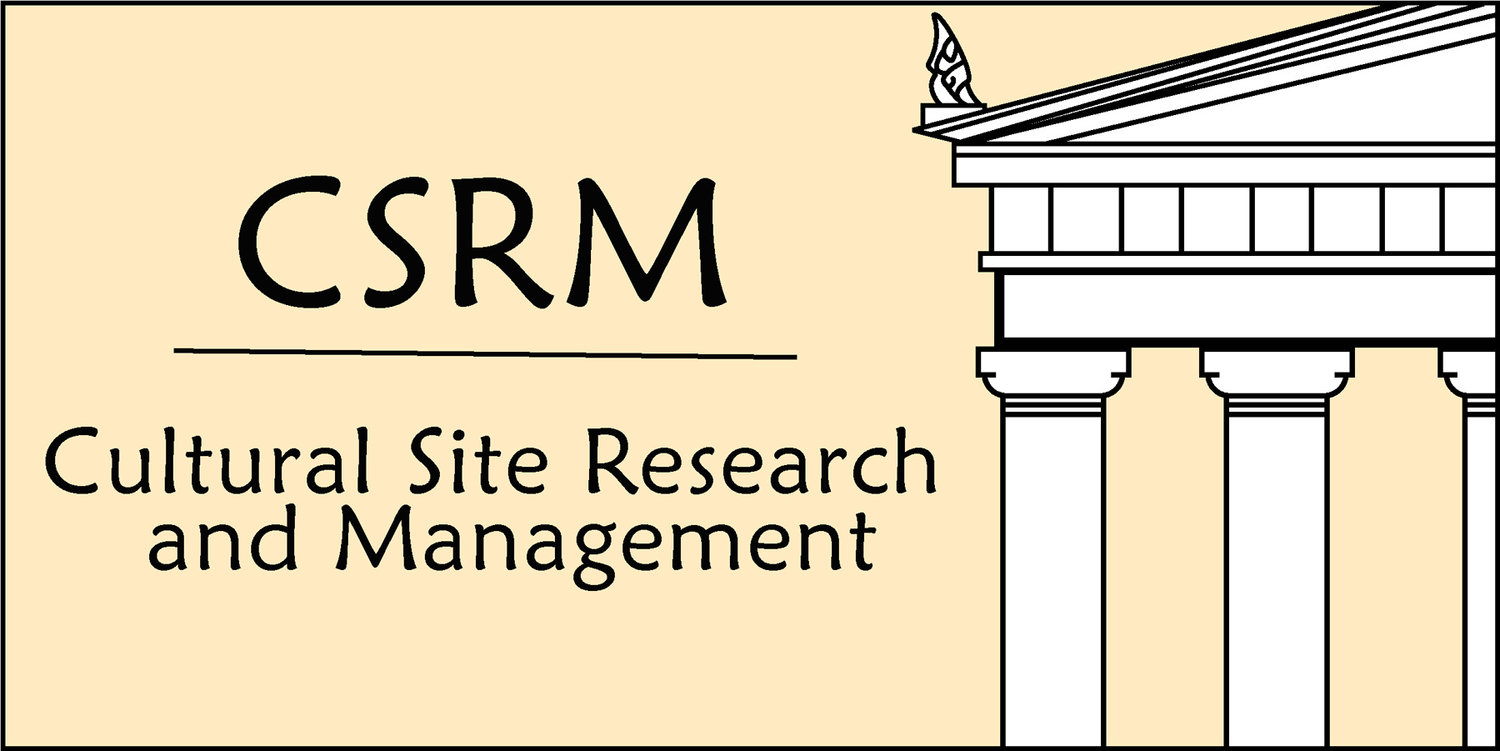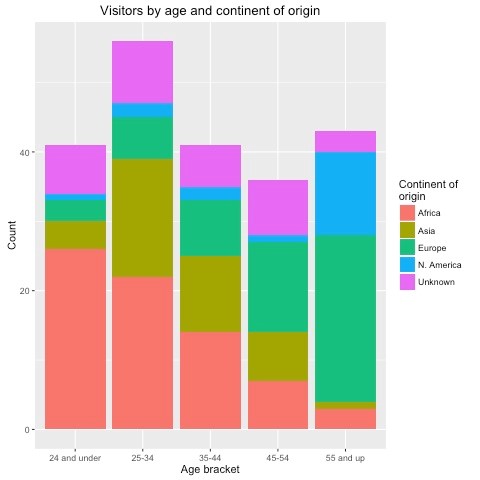In January 2014, following the convocation of the Workshop Towards Sustainable Tourism at Meroe, which took place in Khartoum, Sudan, a number of management objectives were developed, aimed at protecting the Outstanding Universal Value (OUV) of the UNESCO World Heritage Site of the Archaeological Sites of the Island of Meroe.
“The Island of Meroe is the heartland of the Kingdom of Kush, a major power in the ancient world from the 8th century BCE into the 4th century CE. Meroe became the principal residence of the ruler, and from the 3rd century BCE onwards it was the site of most subsequent royal burials. It also has evidence for industrial activities, particularly iron-working. [The Archaeological Sites of the Island of Meroe] testify to the wealth and power of the Kushite state and to its wide-ranging contacts with the Mediterranean and Middle Eastern worlds: this is the meeting place of the Pharaonic and Classical worlds and Sahelian Africa. ”
Title Page of the Sustainable Tourism Plan
In pursuit of achieving these management objectives, CSRM was commissioned to produce a Sustainable Tourism Plan. The main scope of this plan was to guide the development of a tourism program for the Island of Meroe World Heritage Site that would preserve the cultural and natural resources of the region, be a catalyst for social and economic benefits to its inhabitants, and provide visitors with an enjoyable and educational experience.
Management Zones
The UNESCO World Heritage Site of the Archaeological Sites of the Island of Meroe is composed of three different archaeological sites located several tens of kilometers away from each other. One of these three sites has been further divided here into two management zones.
Island of Meroe World Heritage Site Management Zones
The three archaeological sites are:
- The Meroe Town Site, located near the village of Begrawiya, by the Nile. The Meroe Town Site is further subdivided into two management zones: the Meroe Royal Pyramid Management Zone and the Meroe Royal City Management Zone.
- Naqa, a settlement located 30 km away from the Nile.
- Musawwarat es-Sufra, a ritual site located roughly 25 km away from the Nile.
The management zones were established by considering the following:
- The locations of archaeological sites and other areas of cultural importance
- The distribution of natural resources and natural features especially relevant to the human use of the site
- Infrastructure, including roads, trails, sources and distribution networks for electricity, water, and communication, sanitary facilities, and existing visitor amenities
- Traditional use areas, which are places within the World Heritage Site that have special importance for local populations; this importance might be religious, social, or economic
Interpretive Themes
An interpretive program was established for the World Heritage Site. The program encompasses all of the projects and activities that are used to make the public aware of the site. Interpretive themes are the backbone of an interpretive program. With the aid of interpretive themes, the program helps visitors make their way through the site in an informed manner; after they have left, it guides visitors to further information, including to ways in which they can learn more about the site or help support it.
Guiding visitor experience through the use of interpretive themes engenders a deep level of engagement that provides an opportunity to convey an understanding of the site that visitors can take with them and use in many ways, from contemplating their place in human history, to making lifestyle choices, to informing their political opinions.
One important interpretive theme relates to religion. The Meroites made Apedemak their chief god, thereby solidifying their religious and regional identity. The earliest known temple to Apedemak is at Musawwarat (Photo credit: Dr. Cornelia Kleinitz).
An essential objective of an interpretive program is to communicate in a lasting way the concepts, or themes, that are central to that site’s character and importance. Good themes capture a site’s most salient qualities and history, but they are also memorable and relatively easy to grasp, even during a short visit. The themes chosen were most important to an overall understanding of the site’s significance.
Some of the more important themes communicated to visitors had to do with the character, political structure, economy, religion, and culture of local political entities, such as the Kingdom of Kush (which spanned the first millennium BCE and the first few centuries CE), and with its relationship with neighboring powers, like Egypt.
Demographic Evaluation
A demographic evaluation was undertaken to understand the flow of visitors to the four management zones. It was discovered that visitors to the World Heritage Site belong to one of four distinct demographic groups, each of which have different needs, interests, and expectations. These groups are: foreigners who have traveled to Sudan expressly to visit archaeological sites and to learn about Sudanese culture, foreigners who temporarily reside in Sudan (expatriates), Sudanese citizens from Khartoum or other cities or villages in Sudan, and Sudanese students of all ages who come to the site on class outings.
Demographic breakdown by age and geographic origin
Information about people who visited the four management zones was collected in four ways. These were: (1) through infrared sensors at the Meroe City Management Zone and at the Royal Pyramid Management Zone, (2) through a Geographical Positioning System (GPS) study undertaken by Dr. Cornelia Kleinitz at the Musawwarat es-Sufra Management Zone, (3) through survey forms collected from visitors to the Royal Pyramid Management Zone, and (4) through anecdotal information gathered from discussions with stakeholders.
Acknowledgements
Preparing the Sustainable Tourism Plan was a collaborative effort that involved support, guidance, and commentary from the following: Dr. Jane Humphris (University College London Qatar), Dr. Cornelia Kleinitz (Humboldt University), Dr. Karla Kroeper (Staatliche Museen zu Berlin, Ägyptisches Museum und Papyrussammlung), Dr. Hans-Ulrich Onash (Deutsches Archäologische Institut), Mrs. Alexandra Riedel (Deutsches Archäologische Institut), Dr. Silvia Schoske (Museum Ägyptischer Kunst München), Prof. Dietrich Wildung (Museum Ägyptischer Kunst München), Dr. Pawel Wolf (Deutsches Archäologische Institut), Dr. Simone Wolf (Deutsches Archäologische Institut).






